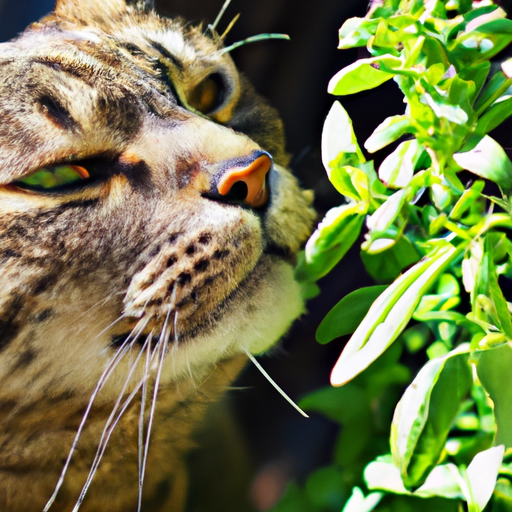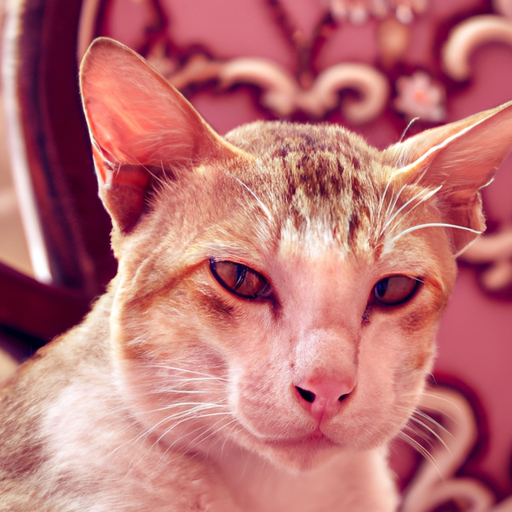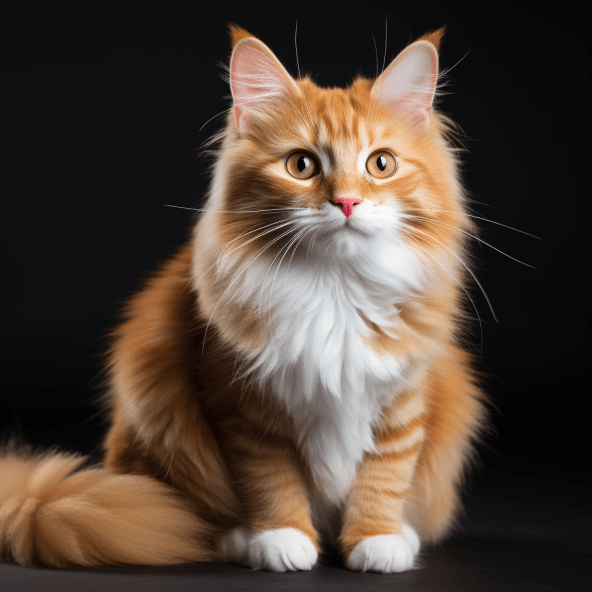Why Do Cats Like Catnip?
Have you ever wondered what makes catnip an irresistible indulgence for your feline friend? “Why Do Cats Like Catnip” is your insightful guide into the captivating world of cats and catnip. This enlightening read seeks to shed light on why cats are drawn to this herb, revealing the mystery behind this fascinating feline behavior. Be prepared to explore the unique connection between cats and catnip, an understanding that promises to deepen your bond with your whimsical, whiskered buddy.
What is Catnip
Hello there, fellow cat enthusiast! You’ve probably heard about catnip and the near-magical effect it has on our feline friends. But what exactly is it? Let’s dive in.
Definition of Catnip
Catnip, whose scientific name is Nepeta Cataria, is a perennial herb belonging to mint family. Known for its heart-shaped, toothed leaves, and small, lavender flowers, it is infamous for its intoxicating effects on our beloved feline friends.
Origins and History of Catnip Use
You may wonder how catnip came to be widely used by cat owners. Well, originating from Europe, Asia, and Africa, catnip was grown for its soothing medical properties in teas before its other ‘capabilities’ were discovered. Catnip was introduced into America by settlers as a crop and, over time, wild catnip has become naturalized across North America thanks to, you guessed it, cats, who help the plant spread its seeds.
Physical Properties and Characteristics of Catnip
Physically, catnip looks a lot like mint because, well, it’s part of the mint family! The plant typically grows up to three feet tall with branching stems. Its foliage is characterized by heart-shaped leaves with scalloped edges that sport a fuzzy, soft grey-green hue. In terms of smell, catnip has a strong, unique aroma that tends to attract cats, thanks to the oil – Nepetalactone – found in its leaves and stems.
The Science Behind Catnip’s Effects on Cats
But what’s the actual deal with cats and catnip? Why do some cats seem to lose their minds over it? Let’s break it down.
The Active Ingredient: Nepetalactone
See, it is all about the Nepetalactone, an essential oil found in catnip. This organic compound occurs in the plant’s leaves and stems, and it’s what makes catnip irresistible to our furry friends.
How Cats Sense Nepetalactone
When cats get a whiff of Nepetalactone, it activates sensors in their nose that connect to brain regions associated with pleasure and emotion. Interestingly, it’s sniffed, not eaten, that produces the captivating effect.
Scientific Studies on Catnip and Cats
The love affair between cats and catnip has been the interest of numerous scientific studies. Research has shown that receptors in a cat’s nose are stimulated by Nepetalactone, producing a kind of ecstasy effect.
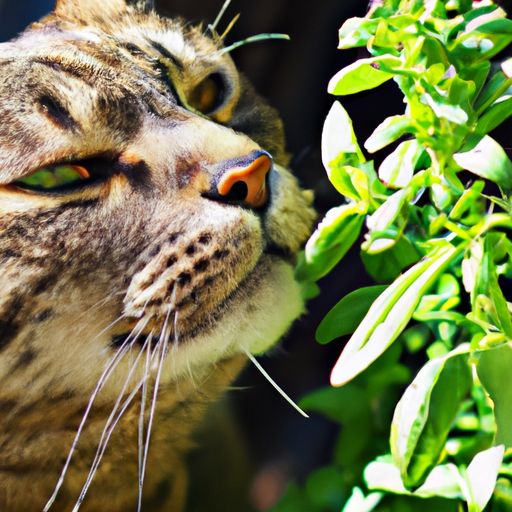
Behavioral Responses of Cats to Catnip
Now that you understand the science, let’s discuss what all this means in terms of your cat’s behavior.
Typical Behaviors Exhibited by Cats during Catnip Exposure
Most commonly, a typical catnip session might involve your cat sniffing, licking, and chewing with abandon, purring, leaping about, and indulging in a bout of hyperactivity.
Variations in Cat Reactions to Catnip
Not all cats react the same way, though. Some cats get hyperactive, while others mellow down. Also, not all cats are affected. Only about 50% to 75% of cats respond to catnip at all.
Duration of Catnip Effect
The duration may vary too – catnip ‘high’ usually lasts for about 10 minutes, after which your cat will become immune to its effects for about half an hour.
Why Some Cats Don’t Respond to Catnip
Ever wondered why some cats don’t respond to catnip? Turns out it’s a combination of genetics and health factors.
Genetics and Catnip Response
A cat’s sensitivity to catnip is hereditary – it’s an inherited trait. So, if a kitten has one parent who responds to catnip, the kitten has a one-in-two chance of being affected by catnip too.
Age Factors in Catnip Recognition
Kittens and elderly cats tend to be less responsive to catnip. Most kittens won’t show any response until they’re about three to six months old.
Health Factors that Impact Catnip Sensitivity
Certain health issues such as obesity or respiratory problems might reduce a cat’s sensitivity to Nepetalactone.
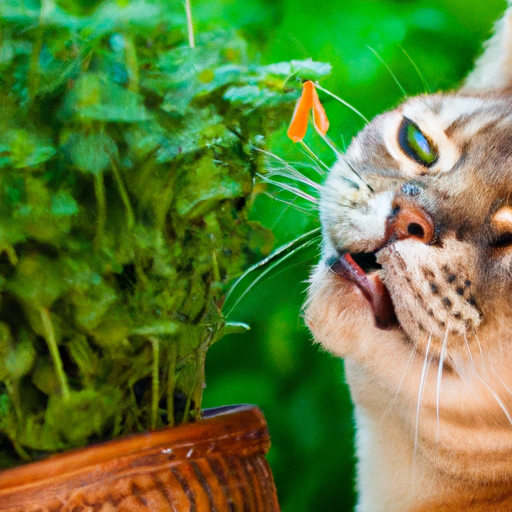
Uses of Catnip for Cats
So why use catnip in the first place? Aside from just for fun, catnip can play a role in a cat’s enrichment, training, and health.
Enrichment and Play
Indoor cats especially can suffer from lack of stimulation and catnip can provide that much-needed excitement.
Training and Behavior Modification
It can be a powerful training aid. For instance, want your cat to stop scratching the couch? Sprinkle some catnip on a scratch post.
Health Benefits of Catnip for Cats
In terms of health benefits, catnip has been known to help with certain bacterial infections and act as a mild sedative.
Potential Risks and Overuse of Catnip
While catnip is generally safe, there are a few potential risks, particularly when overused.
Physical Risks Associated with Catnip Use
Firstly, excessive consumption can lead to mild gastrointestinal upset. Don’t worry; it’s usually nothing serious!
Behavioral and Psychological Effects of Overexposure
Too much exposure might lead to habituation – over time, the cat grows less sensitive to the herb.
Preventing and Addressing Catnip Overuse
To prevent these issues, it’s important to keep an eye on the quantity you’re using and the behavior of your cat.
Alternatives to Catnip
Fortunately, if catnip isn’t a hit, there are plenty of alternatives for your furry friend.
Other Plants Cats Enjoy
Silver vine and honeysuckle have similar effects as catnip on some cats.
Artificially Scented Catnip Toys
Artificially scented catnip toys can also be a good substitute.
Using Treats and Toys for Similar Effects
Good old-fashioned playtime with toys can engage their attention just as effectively.
Choosing Quality Catnip
How do you pick the best catnip for your feline buddy?
Identifying High-quality Catnip
High-quality catnip is typically organic, highly fragrant, and without lots of stems and twigs.
Safety Considerations in Catnip Selection
Always ensure the catnip is free from chemicals or pesticides which could be harmful to your cat.
Popular and Reputable Catnip Brands
There are numerous reputable brands to choose from, and it might take a little trial and error to find your cat’s favorite!
Administering Catnip to Cats
So how and when should you give your cat its fix?
Methods of Dispensing Catnip
Common methods involve sprinkling it on their toys or scratching posts, or in self-contained bags or toys.
Recommended Amount and Frequency
Remember, a little goes a long way! Usage frequency depends but once a week is a good starting point, to ensure they don’t become habituated.
Observing Cat’s Reaction and Adjusting Dosage
Monitor your cat’s behavior and adjust the dosage accordingly.
The Future of Catnip Research
Finally, let’s look forward to the future of catnip science.
Current Research Trends in Catnip Use
Current research is looking at how to harness catnip for controlling pests, and even its potential medicinal applications for humans.
Potential Medical Applications for Nepetalactone
There’s a possibility it might be used in treatments for conditions like insomnia and anxiety, given its calming effects.
Unresolved Questions in Catnip Science
Many questions about this fascinating herb — such as why some cats are immune to it — remain unanswered. Future research is sure to delve deeper into these aspects. Exciting, right?
So the next time you see your cat going bananas over that catnip toy, you’ll understand exactly what’s happening!

